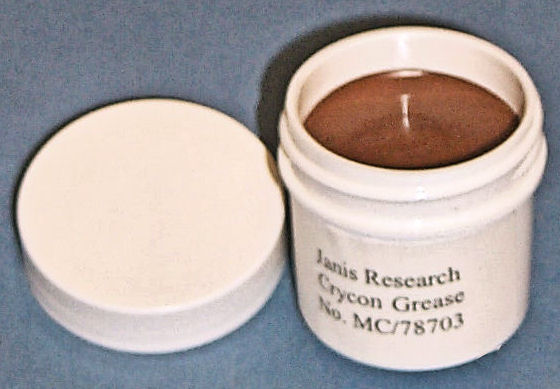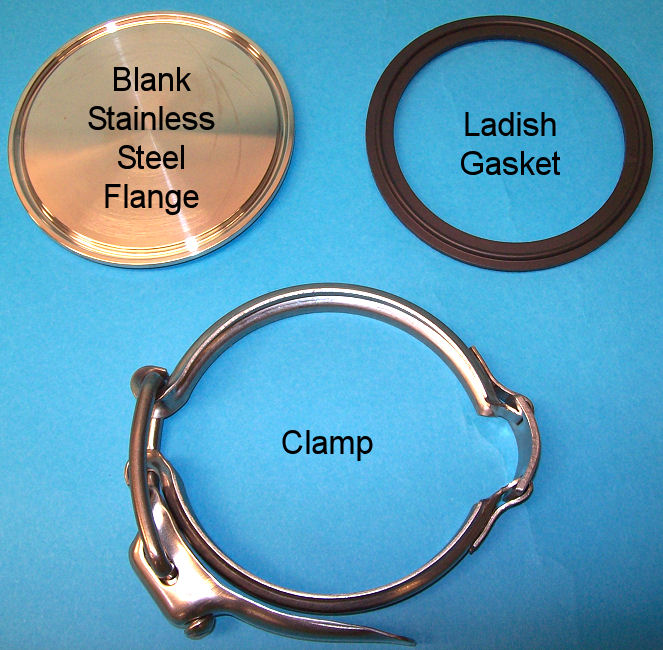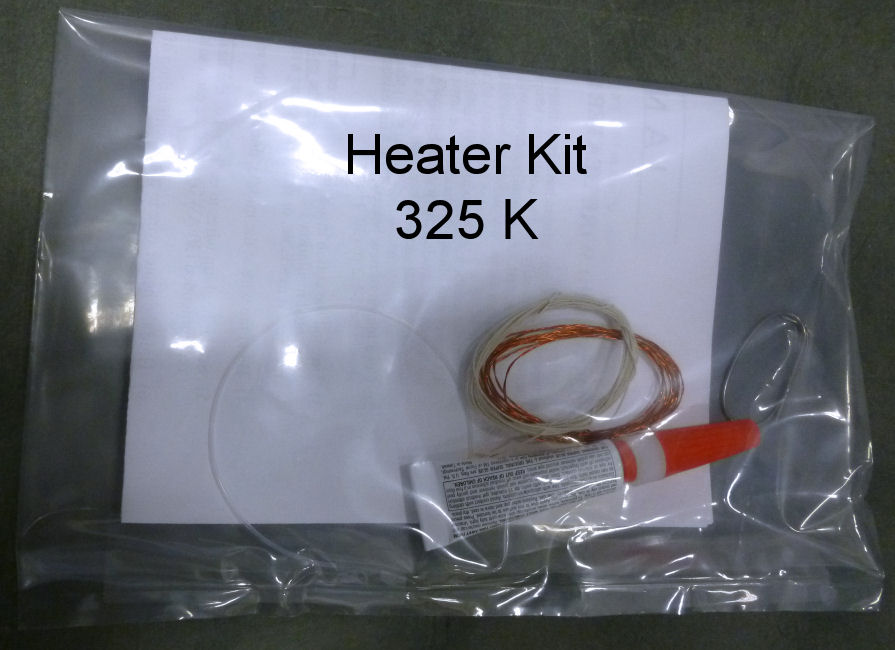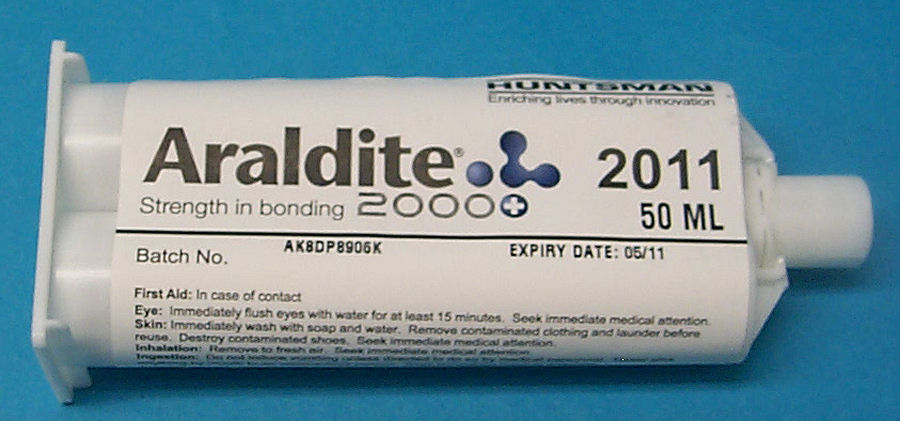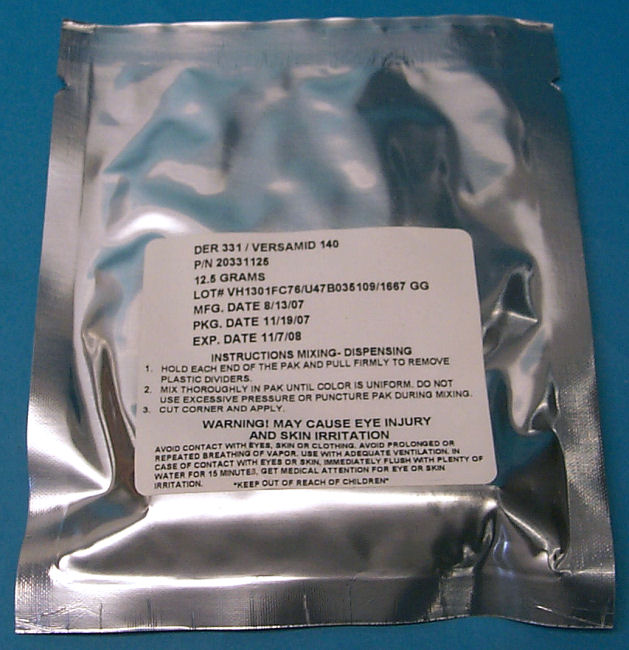Cryogenic accessories
A wide range of accessories is available. Whether you want to adapt a new cryostat to your existing laboratory, upgrade an old cryostat, or need accessories for a new experiment, we can help.
Sample holders—please see the sample holders page
Windows—please see the windows page
Feedthroughs and wiring—please see the feedthroughs page
Miscellaneous accessories
Apiezon N grease
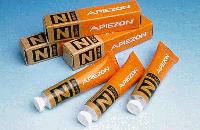 Apiezon
N low vapor pressure vacuum and thermal anchoring grease (25 g). Please visit the Apiezon website for specifications.
Apiezon
N low vapor pressure vacuum and thermal anchoring grease (25 g). Please visit the Apiezon website for specifications.
Krytox grease
 Krytox
low vapor pressure thermal anchoring grease (2 oz tube). Visit the Krytox website for more information on Krytox low vapor pressure high-vacuum grease.
Krytox
low vapor pressure thermal anchoring grease (2 oz tube). Visit the Krytox website for more information on Krytox low vapor pressure high-vacuum grease.
Indium wire
Indium wire, 1 mm (0.040 in) diameter, 5 m spool
12-minute epoxy
Fast-set epoxy for threaded fittings, six 6 g packets



